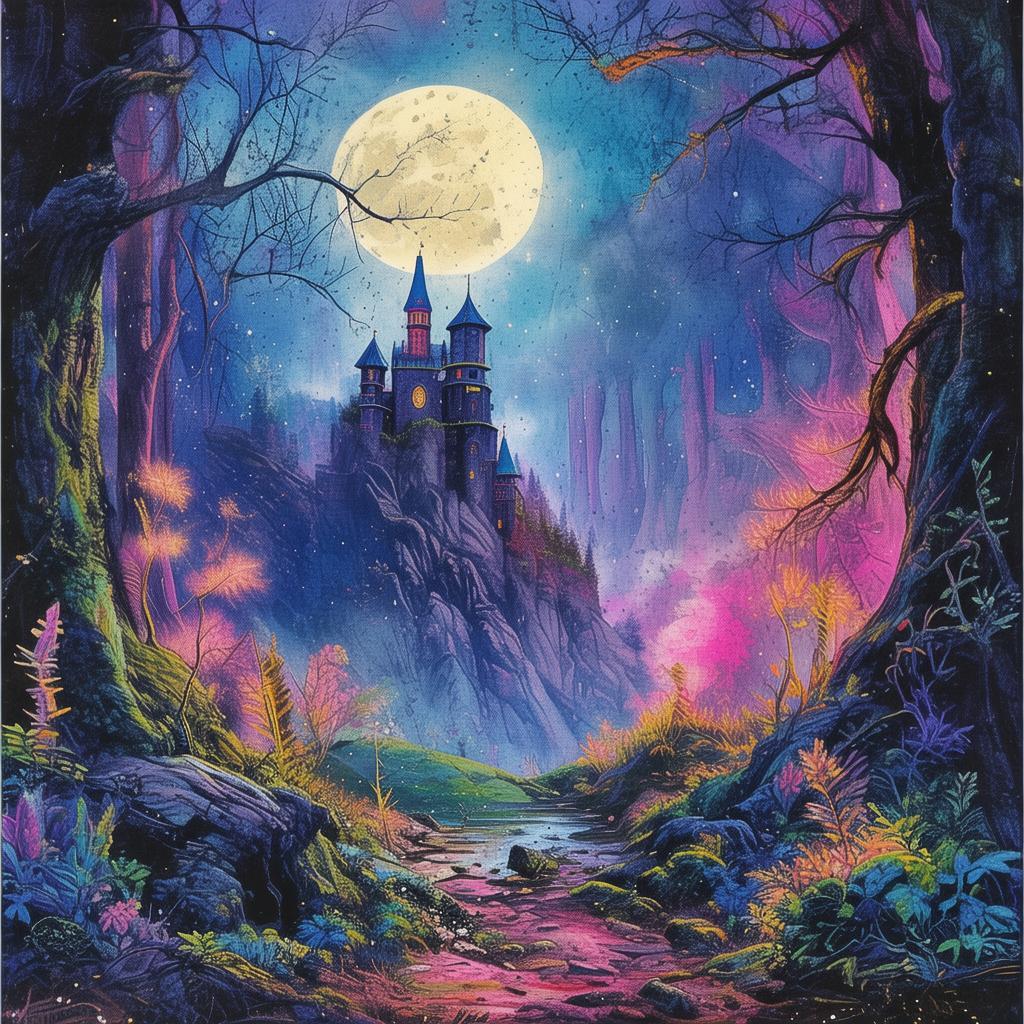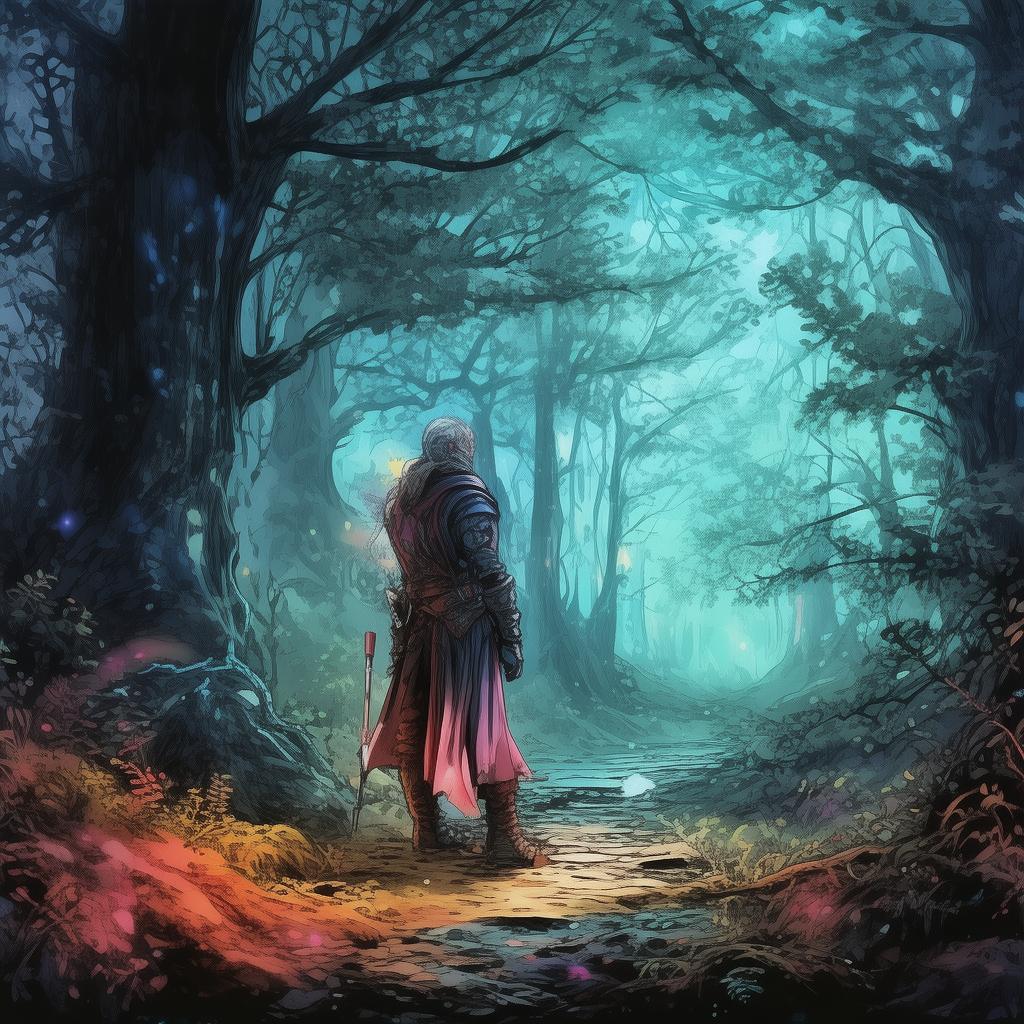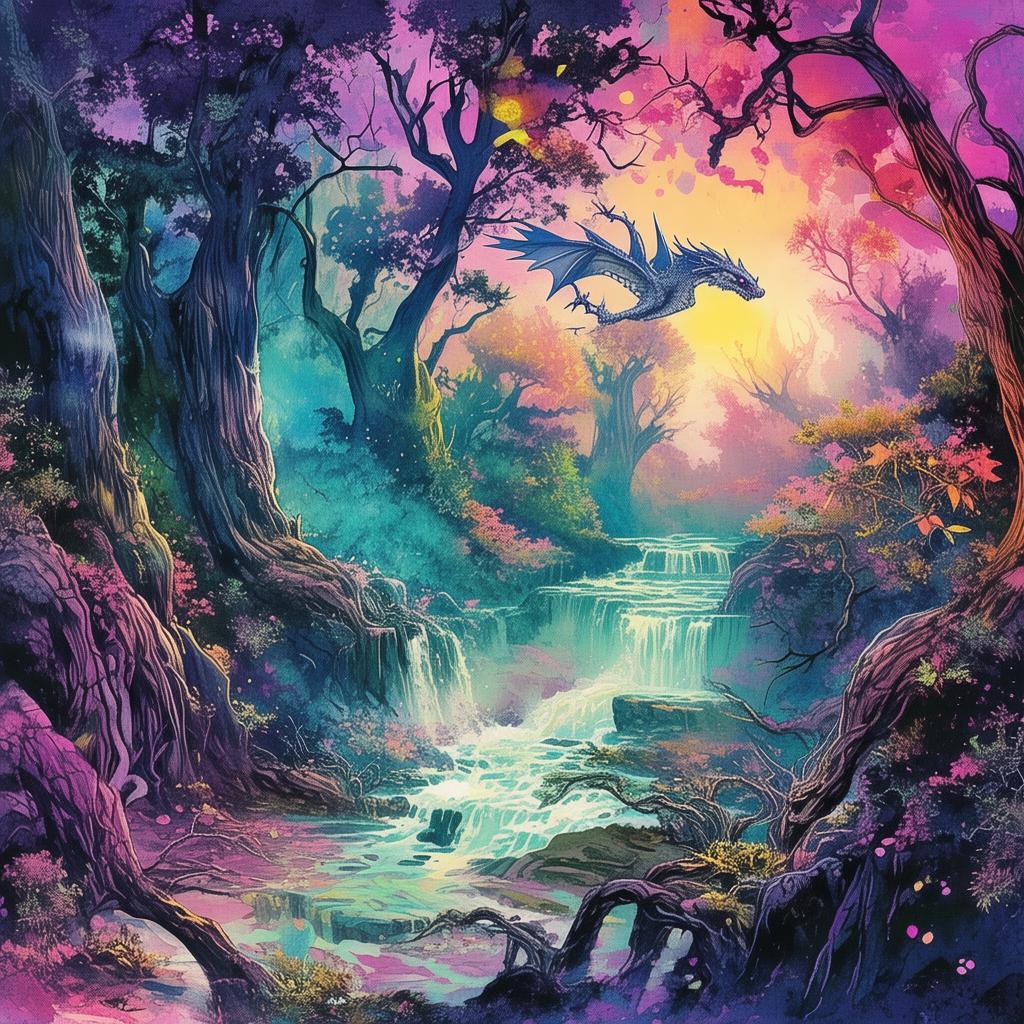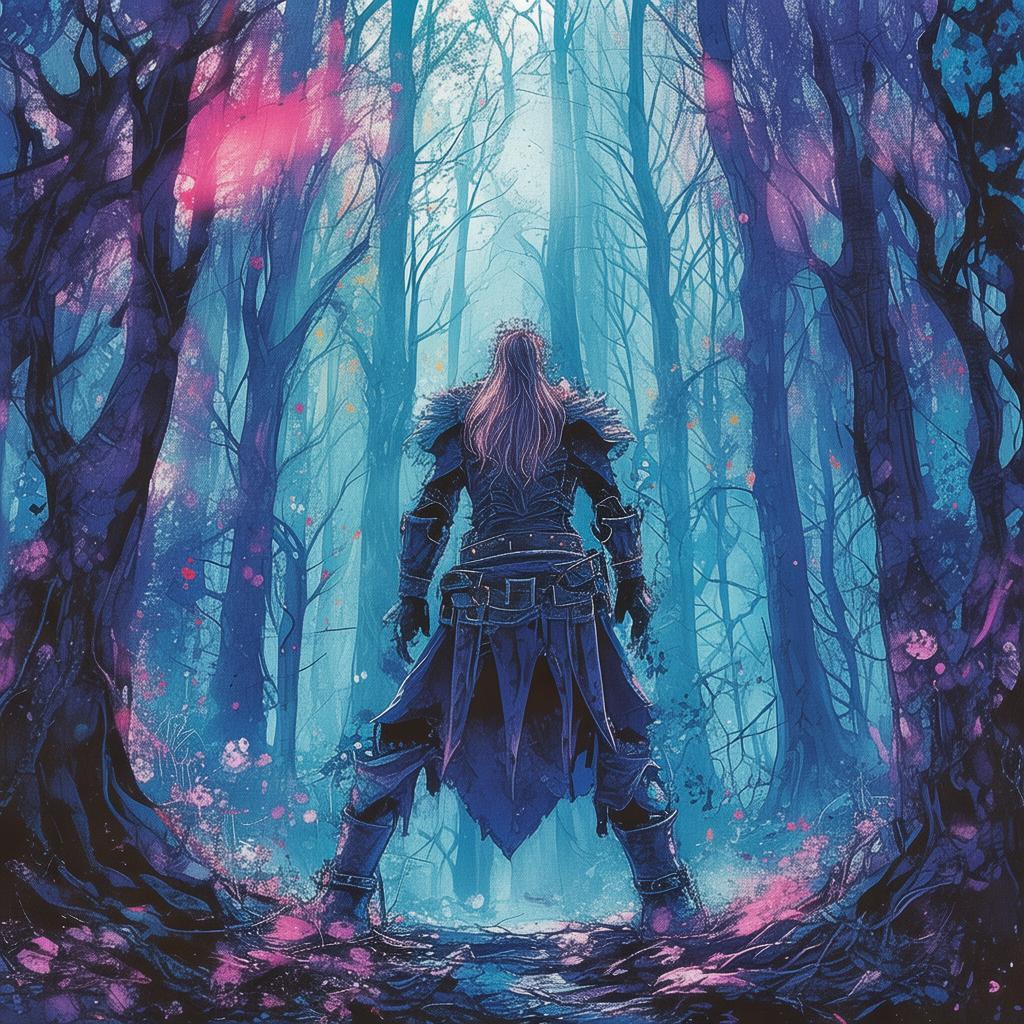The Last Dish of the Last Chef
In the heart of Paris, beneath the grandeur of the Eiffel Tower, there was a quaint little café named "Le Secret d'Antan." It was the last place on earth you would expect to find a time-traveling chef, yet that is exactly who presided over the stovetop, a man named Armand Leclair. Armand was not just a chef; he was a culinary historian, a keeper of flavors and stories that had fallen through the cracks of time. His café was a treasure trove of forgotten dishes, each with its own tale of the past.
The café was a silent sentinel, a time capsule that whispered of eras long gone. The walls were adorned with sepia photographs of chefs and dishes from the past, and the air was thick with the scent of history. But Armand knew that his time was fleeting. The café was on the verge of being sold, and with it, the end of his culinary quest.
One rainy afternoon, as the city was shrouded in a thick fog, Armand found himself gazing at a peculiar recipe book that had been gathering dust on the shelf. It was an old, leather-bound tome with the title "The Last Dish of the Last Chef." The book was filled with cryptic notes and sketches, and it was written in a language that was almost indecipherable. Yet, there was one recipe that stood out among the rest: "The Scent of the Lost."

Curiosity piqued, Armand began to decipher the recipe. It spoke of a dish that was not just food but a portal to the past, a dish that could unlock the secrets of the ages. The recipe was said to have been passed down through generations of chefs, each adding their own twist, their own touch of the culinary arts. But now, it was lost, hidden away, waiting to be found by the last chef who could understand its true meaning.
Armand's heart raced as he realized the gravity of his discovery. If he could recreate this dish, he might be able to travel through time and uncover the culinary mysteries that had eluded him for decades. With a mixture of excitement and trepidation, he set out to gather the ingredients, each one more difficult to find than the last.
The first ingredient was a rare spice from the spice routes of ancient Persia. Armand traveled to the Middle East, braving harsh deserts and dangerous politics, until he finally found the secret garden where the spice was grown. The second ingredient was a delicate herb that could only be found in the high mountains of Switzerland. Armand's journey took him through treacherous Alpine passes, where the cold winds seemed to whisper secrets of the old world.
The third ingredient was the most elusive of all: a drop of the "Eternal Essence," a mythical substance said to be the lifeblood of the earth itself. Legends spoke of it being found in the heart of the oldest forests, where the trees were as ancient as time. Armand ventured deep into the forest, guided by the faint scent of the essence, until he found the tree he sought.
As he gathered the ingredients, Armand felt a sense of connection to the past, as if the very earth itself was reaching out to him. The journey was arduous, but it was the pursuit of knowledge that kept him going. The final ingredient was a rare and delicate ingredient, the essence of the last chef who had created the dish. Armand found this in the form of a single, ancient recipe book that had been hidden away in the ruins of an old castle.
With all the ingredients in hand, Armand began to prepare the dish. The kitchen was a whirlwind of activity, the scent of the dish filling the air with a promise of wonder. As he mixed the ingredients, the recipe began to come alive, the pages of the book fluttering open as if to guide him.
Finally, the dish was ready. Armand lifted the lid of the pot, and the air was filled with a scent that seemed to carry the whispers of the ages. The dish was a marvel of flavor and texture, a blend of spices and herbs that had never been tasted before. But as he took the first bite, Armand knew that something was amiss.
The dish did not transport him through time as he had hoped. Instead, it brought forth a vision of a chef from the past, a man who had once owned the café and had been the last chef to create the dish. The chef's face was etched with sorrow and joy, a testament to the power of culinary magic.
Armand realized that the true power of the dish was not in the flavor or the time travel, but in the connection it created between the past and the present. The dish had allowed him to see the past as it truly was, and to understand the importance of preserving the culinary heritage that had been lost over the years.
As the café was sold, Armand decided to close the doors and retire. He knew that his quest had been successful, not because he had traveled through time, but because he had found a way to keep the stories of the past alive. The dish became the centerpiece of his retirement, a symbol of his journey and the enduring power of culinary magic.
The Last Dish of the Last Chef became a legend, a tale of a chef who had dared to reach into the past and find a connection to the world that had once been. And so, the story of Armand Leclair and his time-traveling recipe lived on, a testament to the enduring power of food and the human spirit.
✨ Original Statement ✨
All articles published on this website (including but not limited to text, images, videos, and other content) are original or authorized for reposting and are protected by relevant laws. Without the explicit written permission of this website, no individual or organization may copy, modify, repost, or use the content for commercial purposes.
If you need to quote or cooperate, please contact this site for authorization. We reserve the right to pursue legal responsibility for any unauthorized use.
Hereby declared.









